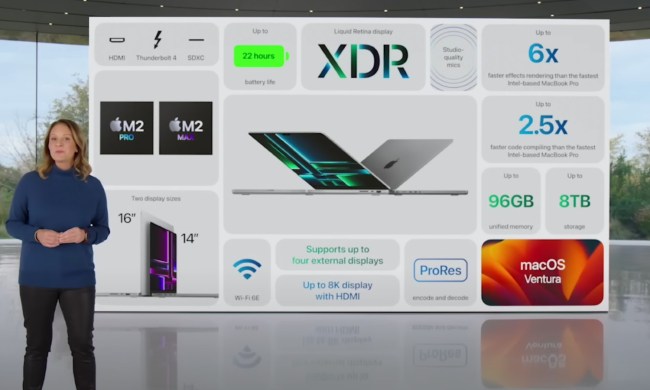
In a development that would have more impact on data centers than consumer desktops—but, really what do consumers thing they’re connecting to over the Internet anyway?—industry reports haev computing giant IBM in negotiations to acquire Sun Microsystems for amounts reported to range from $6 billion to over $7 billion. If the deal goes through, it would mark one of IBM’s largest-ever acquisitions, and give the company a boost in the high-end computer server market. IBM would also gain access to Sun’s considerable intellectual property, which includes both Java and the widely used MySQL database software.
Neither company would comment on the reports.
Sun Microsystems has been battered in the stock market in the last year—with the market value of the company actually dropping below the amount of cash it had on hand—amd sales of its high-end enterprise server products have slumped. Sun announced it was laying off up to 18 percent of its workforce at the end of 2008 in a move to cut costs and keep the company afloat. As a result, industry watchers have predicted Sun would be a likely acquisition target, with Hewlett-Packard, Cisco, and even Dell often cited as potential buyers.
IBM’s interest in Sun is something of a departure, as the company has been shifting focus away from hardware and more towards software and services in the last two years. Nonetheless, IBM is the current top dog in the server business, with a market share of over 36 percent, according to market analysis firm IDC. IBM may look at Sun’s hardware business as a good complement to its own, with the company’s software an added bonus that can bolster IBM’s service and cloud computing offerings.
Sun’s current dilemma also has some irony left over from the dot-com bubble of the mid-1990s: at one time, Sun entered into acquisition talks to take over Apple Computer, before Apple acquired NeXT and brought Steve Jobs back into the company. Now, Sun’s shares are down over 70 percent in just the last 12 months, and Apple has more cash in its corporate coffers than even IBM.


